Entry Category: Military Science - Starting with H
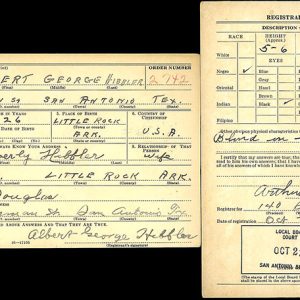 Hibbler Draft Card
Hibbler Draft Card
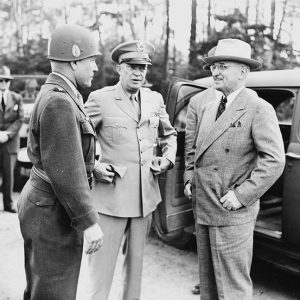 D. O. Hickey
D. O. Hickey
Hickey, Doyle Overton
Hickory Plains, Skirmish at
Hickory Station, Skirmish at
Hill, Daniel Harvey
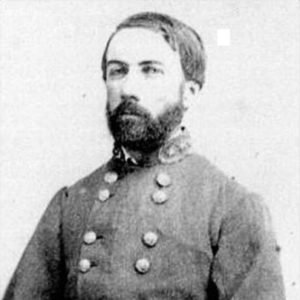 Daniel Harvey Hill
Daniel Harvey Hill
Hill, Thomas Lionel
Hill’s Plantation, Action at
aka: Action at Cache River
aka: Action at Cotton Plant
aka: Action at Round Hill
Hindman, Thomas Carmichael
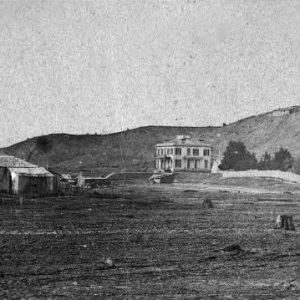 Thomas Hindman's Residence
Thomas Hindman's Residence
Hodges, Jerry T.
Hollywood Cemetery—Confederate Section
aka: Hollywood Cemetery Confederate Section
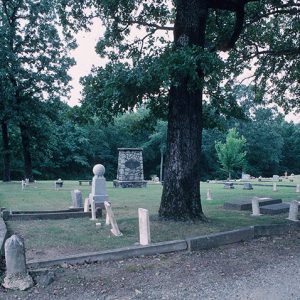 Hollywood Cemetery
Hollywood Cemetery
Holmes, Theophilus Hunter
Holt, George Moreau
Homer
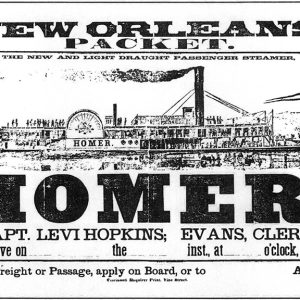 Homer Ad
Homer Ad
 Homer Shipwreck Site
Homer Shipwreck Site
Hopefield, Burning of
Horner, Elijah Whitt
Hospital Unit T
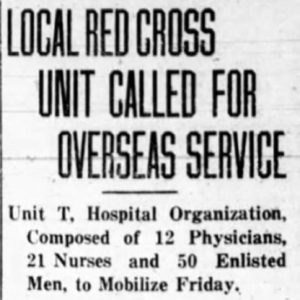 Hospital Unit T Article
Hospital Unit T Article
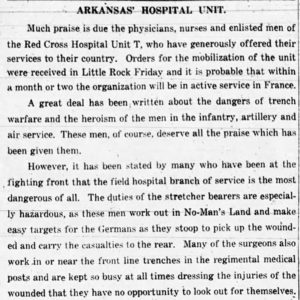 Hospital Unit T Paean
Hospital Unit T Paean
Hospitals (Civil War)
Hot Springs National Guard Armory
Hovey, Charles Edward
Howe, John David
 John G. Hudson
John G. Hudson
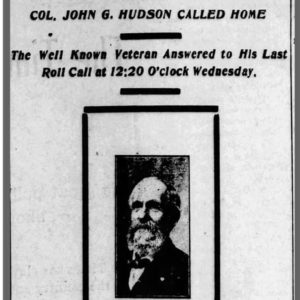 John G. Hudson Death Notice
John G. Hudson Death Notice
Hudson, John Gardner
 William J. Hunter
William J. Hunter
Huntersville and Clinton, Scouts from
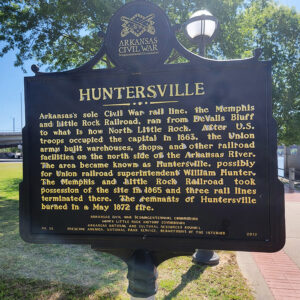 Huntersville Sign
Huntersville Sign
Huntersville, Skirmish at
Huntsville Massacre
Hurricane Creek, Skirmish at
aka: Skirmish at Hunter's Crossing
 Hustler Hut
Hustler Hut




